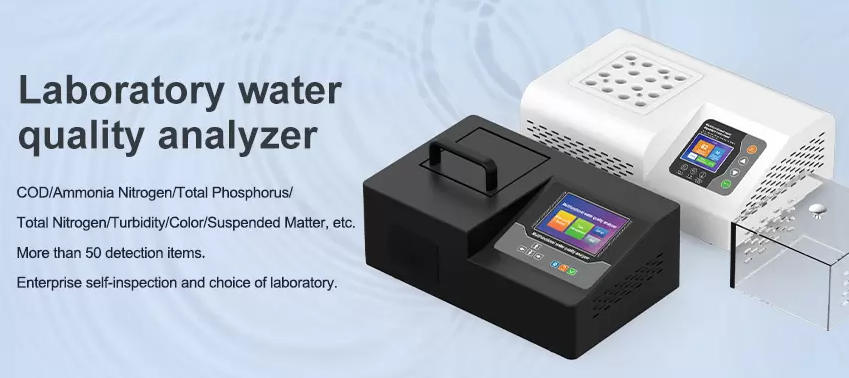What is a water quality PH sensor?
A water quality pH sensor is one of the most essential tools that’s typically used for water measurements. This type of sensor is able to measure the amount of alkalinity and acidity in water and other solutions. When used correctly, pH sensors are able to ensure the safety and quality of a product and the processes that occur within a wastewater or manufacturing plant.
In most cases, the standard pH scale is represented by a value that can range from 0-14. When a substance has a pH value of seven, this is considered to be neutral. Substances with a pH value above seven represent higher amounts of alkalinity whereas substances with a pH value that’s lower than seven are believed to be more acidic. For instance, toothpaste typically comes with a pH value of 8-9. On the other hand, stomach acid has a pH value of two.
The difference between an alkaline substance and an acidic substance is very important for any company that uses a cooling tower, boiler, manufacturing processes, swimming pool control, and various types of environmental monitoring. The human body has a standard pH level of 7.4, which is essential for the body to run effectively. If the composition of the body every becomes too acidic or overly alkaline, it will look to return to the neutral state.
No matter what application you’re using it for, a pH sensor will allow you to keep pH levels at a level most ideal for the process. This could be anywhere from strong acids to caustics. There are many different types of pH sensors that you can obtain for your application in the course of liquid measurement;
A combination pH sensor uses a reference electrode and a measuring electrode. The reference electrode is used to provide a stable signal, while the measuring electrode is designed to detect any changes that have occurred with the pH value.

pH Sensors for Quality Water
A pH sensor helps to measure the acidity or alkalinity of the water with a value between 0-14. When the pH value dips below seven, the water starts to become more acidic. Any number above seven equates to more alkaline. Each type of pH sensor works differently to measure the quality of the water. The pH of water can help determine the quality of water. Measuring the pH can also provide indications of pipe corrosion, solids accumulation, and other harmful byproducts of an industrial process.
In an environmental setting, the changing pH could also be an early indicator increasing pollution. If the pH level reaches above 8.5, the water would be considered hard, which would likely cause scale development in boilers and pipes. As aforementioned, there are four main types of pH sensors that you can select from, which include combination sensors, differential sensors, laboratory sensors, and process sensors, each of which is suitable to different applications.
Combination pH Sensors
A combination pH sensor is by far the most commonly used sensor available, which is mainly because this type of sensor can act as the base for the creation of laboratory sensors and process sensors. This electrochemical sensor is outfitted with two different electrodes, which include a reference electrode and a measuring electrode. While the reference electrode focuses on keeping the signal stable when you record the pH level, the measuring electrode will identify if there have been any recent changes in the pH level.
At Sensorex, the technology with combination pH sensors is primarily used for the creation of laboratory and process sensors. The best aspect of this type of sensor is that the technology is highly versatile. The two electrodes are able to provide the most important functions of reading and measuring the pH levels of water, which ensures that you’re provided with quick and accurate measurements.

Laboratory pH Sensors
Laboratory pH sensors use combination pH sensor technology but are housed in plastic bodies and 12mm glass. These lightweight sensors are perfect for light applications, which can include research and education, pool monitoring, and environmental sampling. The versatility of these sensors are fantastic. If you’re searching for a laboratory sensor, the junctions, cables, and sensor fill can be customized to fit the exact application needs that you have.